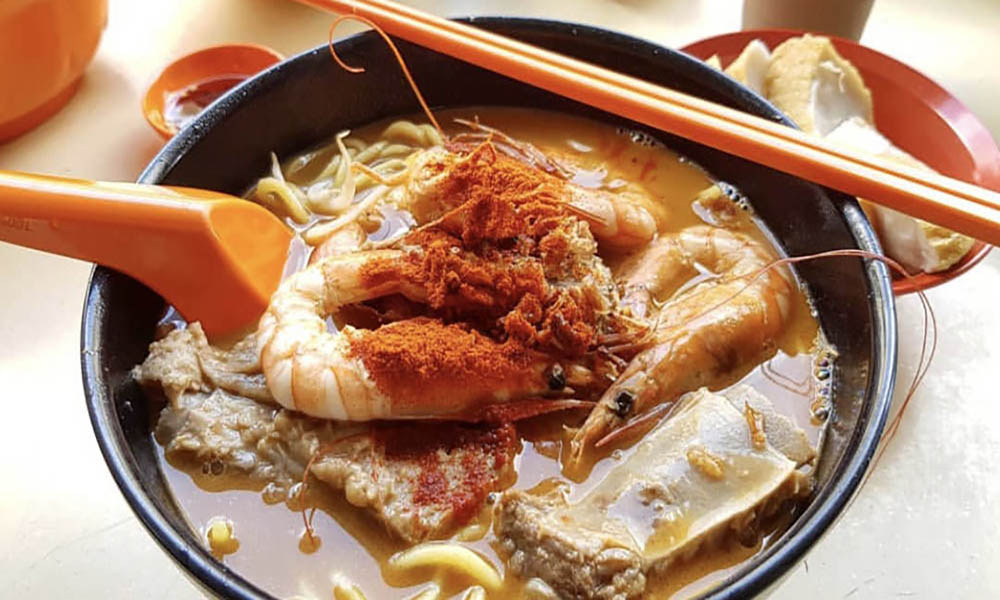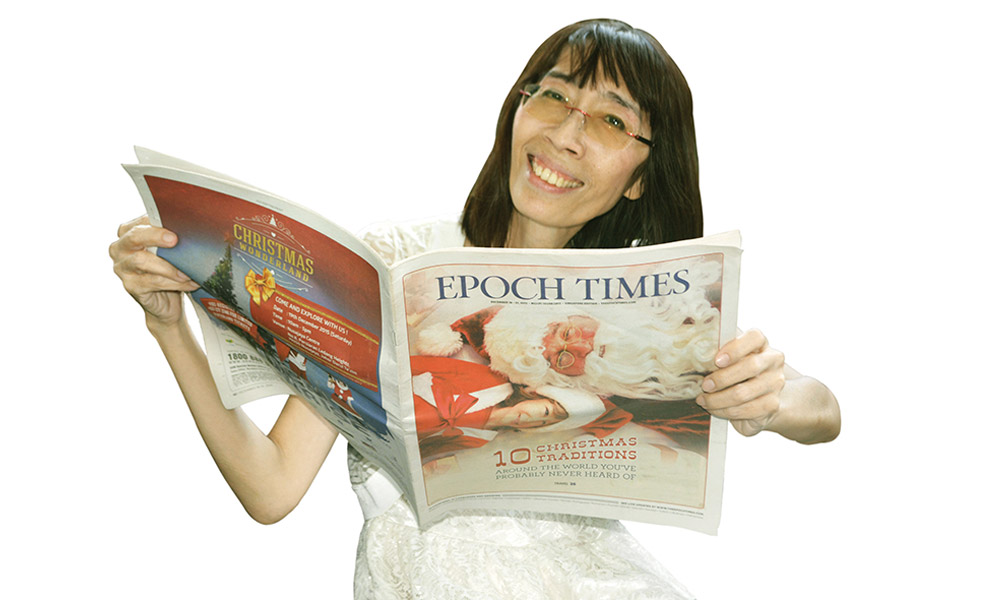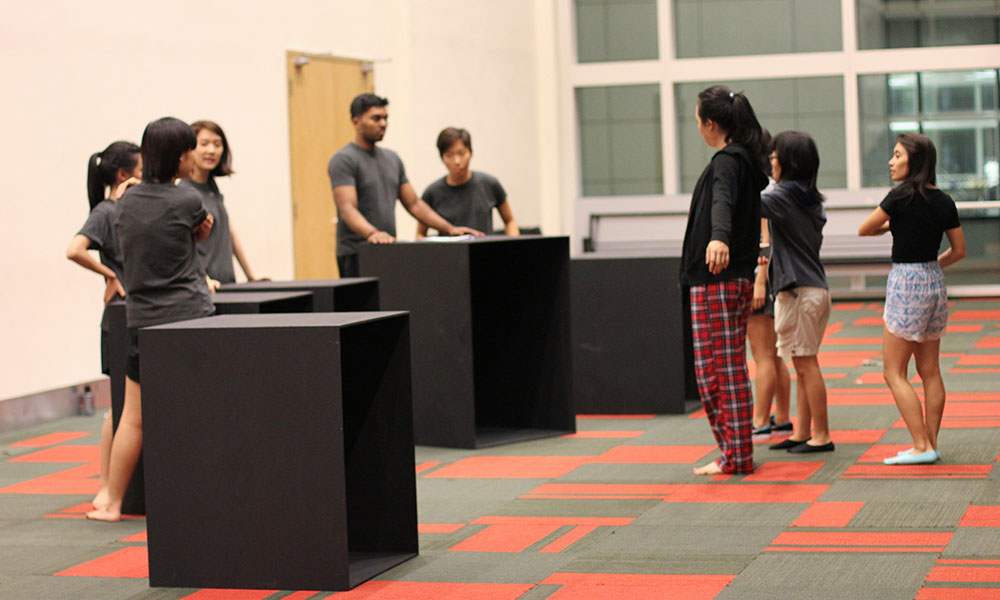By Cao Zuimeng |
Traditional Chinese arts have been around for millennia. These rich art forms include martial arts, drama, singing, Chinese painting, calligraphy and so on.
But unlike our modern education system, where knowledge is ubiquitously taught using standardised curriculums, traditional Chinese arts have been passed down within families or clans, from master to disciple.
Drawing from Taoist influences, each clan or school has its own set of secret skills and knowledge that the master passes on to his best disciples. The clan closely guards its knowledge and skills – only clan members are privy to this information, which cannot be disclosed to outsiders.
The Difference Between a Teacher and a Master
In traditional Chinese arts, it is customary for learners to call their teacher “master”. But why the distinction?
In the Chinese language, the difference between a teacher (老师) and master (师父) is subtle and yet significant.
Both are educators of some form, but a teacher imparts practical skills and knowledge that can be learnt in a relatively short period of time.
On the other hand, a master imparts not just specialised knowledge and techniques, but the philosophy and core values behind his methods.
As a result, the master is not just responsible for ensuring his learners become adept at the skills and techniques. He must also develop their understanding and practice of the school’s core values and philosophy.
The master must mentor his disciples in their perceptions, moral values, and core ideals – deep teachings that affect their practice of the art.
In the same vein, learners are typically referred to as “disciples” instead of students. The distinction lies in the level of faith and deference – these learners must have deep faith in their masters, with nary a doubt in his or her abilities.
The ancient Chinese text, Family Teachings of the Grand Duke (太公家教) contains this saying, “A teacher for a day, a father for life.” In other words, disciples must show their masters the same gratitude and respect that they would show their fathers, even if the master has only guided them for a day.
Finding the right master is not an easy process. But when a disciple finds the right one, they develop trust and respect for the master, and willingly adhere to the master’s teaching methods.
In television dramas and movies of feudal China, we often see examples of ancient masters guiding their disciples, and disciples showing deep gratitude and reverence for their masters.
This is not far off from what occurred in ancient times. As a young man, the Western Han strategist Zhang Liang (张良)dutifully obeyed the strange demands of the elderly Huang Shigong (黄石公), who rewarded him with secret knowledge in military strategy.
When Yue Fei’s (岳飞) military arts tutor Zhou Tong (周同) died, the heartbroken general regularly visited Zhou’s tomb and performed unorthodox sacrifices that far surpassed those appropriate for even a highly respected tutor.
There was also Pang Juan (庞涓) and Sun Bin (孙膑), military strategists from the Warring States Period who trained hard under the elusive hermit Guiguzi (鬼谷子).
Teaching, Discipline and Punishment
In dealing with their disciples’ mistakes and faults, the master had the right to punish them if necessary. This included hitting their hands, stripping them of their internal martial arts strength, and so on.
These punishments were usually to the disciple’s benefit. The master also had to be strict and fair when disciplining their disciples, so as to ensure the quality of his disciples and uphold the school’s reputation.
However, teaching and disciplinary methods varied between schools, according to factors like the local culture, arts genre, the disciple’s age, gender or foundation, the master’s ability and teaching goals, or the duration of mentorship. Teaching methods were modified to suit each individual’s needs.
This is in contrast to our current education methods, where the curriculum is standard across the board. Beyond streaming, each student receives the same teaching materials and sits for the same examinations. One graduation examination sets the standard.
While this type of mass education model unifies the people’s mindsets, it is unforgiving on those who cannot fit the system’s mould.
Our life experiences shape our ability to perform. For example, artists who have not lived in temperate climates cannot capture the feeling of seeing spring flowers bloom, or autumn leaves fall. Similarly, artists who have not experienced the luxuriant green foliage of tropical rainforests will fail to capture their abundance in their paintings.
In essence, a student’s native language, background, character, and ability to understand and accept teachings can profoundly impact his results. But a rigid, standardized system that does not accommodate these individual differences can create many artificial learning barriers for students.
Although its subjects come from everyday life, Chinese painting transcends everyday life to express a higher state of mind.
Chinese Painting’s Misstep: ‘Follow the Current Trend’
Traditional Chinese arts have had long and rich histories, and none represent the essence of Chinese culture better than Chinese painting. Although its subjects come from everyday life, Chinese painting transcends everyday life to express a higher state of mind.
Due to its ability to capture life events and express rich emotions and thoughts, Chinese painting has taken centre stage in the passage of traditional Chinese culture throughout the generations. But over the last century, Chinese painting has lost much of its original artistry and calibre.
The Qing Dynasty artist Shi Tao (石涛) has long been quoted as saying “painting and calligraphy should follow the current trend”. But this quote by Shi Tao was taken out of context, and its misrepresentation has had a damaging effect on Chinese art.
In its entirety, Shi Tao’s quote reads as follows: “[If] painting and calligraphy should follow the current trend, it would deteriorate as Chinese literature has over history. Early Chinese paintings were simple and light, like the writings of the Han, Wei and Six Dynasties. Paintings from the mid-ages were grand and monumental, like early and mid-Tang literature. Paintings from the late ages were like late Tang literature – clean and concise, yet becoming increasingly superficial.”
Shi Tao’s original intention was to correct a new generation of painters, who eschewed authentic painting techniques and theory in the name of creativity. Shi Tao felt that they should master traditional methods before finding their own creative style. Chinese painting must have its own existential environment, without being too closely influenced by trends or politics.
The Art of Chinese Painting
Learning Chinese painting is not simply about mastering the techniques – it necessitates a thorough understanding of traditional Chinese culture, in order to express the painting’s intangible, rich cultural flavour.
There is a Chinese saying, “Paint bamboo when angry, and orchids when joyful.” Bamboo and orchids can be found everywhere. But through the Chinese painter’s lens, they become more than mere plants, and take on new meaning and embodiments of human culture.
When painting the bamboo stems and leaves, the zhongfeng brushstrokes employed are fast, centred and bold. They provide a sense of release for one’s anger, like a cold drink during a hot summer. The simple hollow bamboo stem, the uniform bamboo nodes, and the saturated, inky black leaves convey infinite meaning and flavour to the viewer.

Painting also provides a platform to vent one’s feelings – an outlet that is more refined and to the heart. Literati like Su Dongpo (苏东坡) and Zheng Banqaiao (郑板桥) have expressed their preference to blow off steam by painting bamboo, which provides greater fulfilment than drinking or partying.
Chinese paintings also have their ‘flavour’. Without a firm foundation in Chinese culture, outsiders will have difficulty appreciating the depth or flavour of Chinese paintings, nor will they know the fulfilment of interpreting a Chinese painting.
This may explain why, although Chinese painting methods have spread to the Western world, they are still some distance from capturing the authentic flavour of Chinese paintings.
True Chinese artists must possess the unique ability to express their thoughts and feelings using life elements, and ultimately interact with the viewer on a higher level. With the painting as their platform, the artist communicates through codes and symbols embedded in the paintings, creating an aesthetically pleasurable experience for the viewer.
At the end of the day, all Chinese painters seek to evoke the feelings that the great guqin player Yu Boya (俞伯牙) had when he first met the woodcutter Zhong Ziqi (钟子期). Despite being strangers, both men bonded on a fundamental, spiritual level through Zhong’s identification with Yu’s music.
When Zhong died of illness, Yu was heartbroken at losing his “one, true friend who knew me so well”. When the audience connects with an artist’s work on a spiritual level, the experience is immensely gratifying to both sides.
















